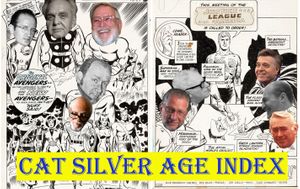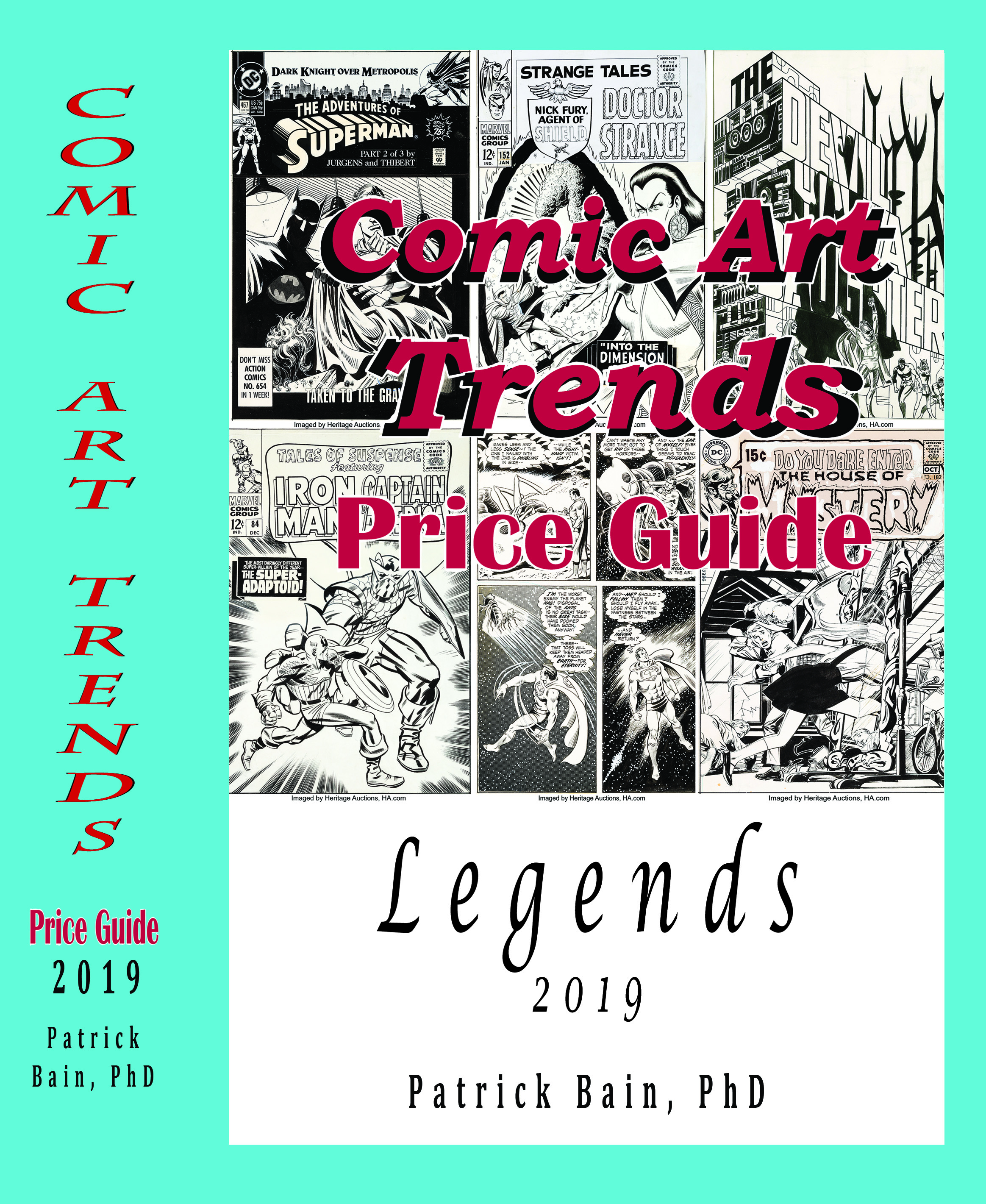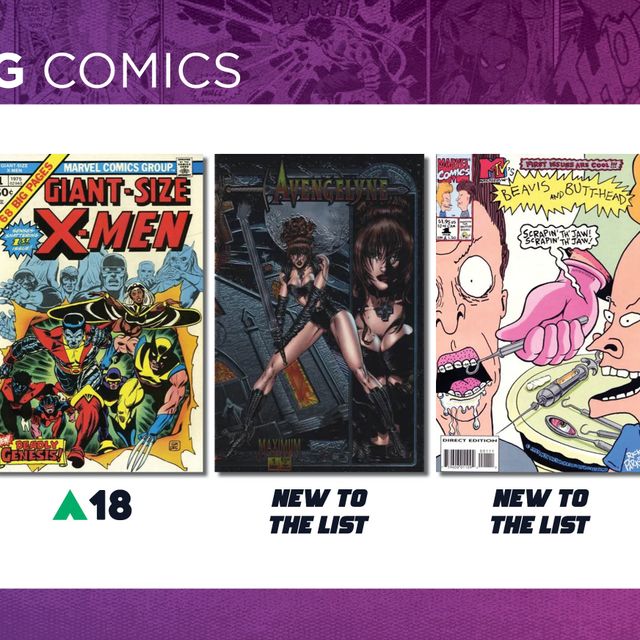If someone asked you how the market for original comic book art is, you would probably say it's great! You may be right. But, is it just anecdotal evidence based on a few highlight sales, or is it based on a broader market perspective? The Comic Art Trends Price Guides attempt to provide guidance based on actual sales data. However, even those guides focus on graphs and analysis for individual artists. Now, utilizing sales data from ten of the top artists representing the Silver Age, tracking original art sales trends just got easier. In this article, I propose a data-driven strategy summarized by the CAT Silver Age Index as a proxy for the larger market.
Under the Hood of the CAT Silver Age Index
Let's go inside the Comic Art Trends Silver Age Index. As a summary of the index, I've collected sales data for ten artists that had significant contributions in the designated period. I call it the CAT Silver Age Index, but really it is focused on sales data from 1958 to 1972 for the artists that make up the index. So, technically, most people would not say that fifteen year period is completely representative of the "Silver Age of Comics". However, I believe the artists and time period represents Silver Age original art well. Nearly 3000 total sales contribute to the index.
What artists did I include? Jack Kirby, Steve Ditko, John Romita, Sr., Don Heck, and Gene Colan comprise the index on the Marvel side. Certainly these men did not work only for Marvel, but during the period, Marvel published their primary works. On the DC side, I incorporated sales for Neal Adams, Carmine Infantino, Mike Sekowsky, Joe Kubert, and Gil Kane. It is interesting to note that Gil Kane's Marvel contributions are significant enough that I also wanted to include his works in the "Bronze" index (more on that in a future post).
Challenges to Tracking Original Art Sales Trends
Data collection can be tedious. Data interpretation can be wrong. That doesn't mean it is a bad idea to analyze data and seek to find meaning. The approach I take is similar to the Nasdaq 100 or Dow Jones 30 stock indexes. That small subset of all stocks provides a barometer for the overall health of the market. In the case of the stock indexes, a few, particularly important companies are proxies for the overall market. With the CAT index, I take some particularly important artists that worked on the most popular characters and series as a proxy for the larger market of Silver Age art.
I invite you to comment on the artists that you think are better representatives of the Silver Age. I considered attributes like quantity of work, significance of work, and of course prominent sales factored into my thinking. As co-creator of Spider-Man, Ditko was a natural choice even though quantity of Marvel/DC art was smaller. Sheer volume of work factored into my thinking on others. Again, feel free to make a case for other artists.
The graph tracks average sales price on a quarterly basis for all sales (available to me) by the ten artists: covers, splashes, and interior panel pages are all included. Average or mean price is in green. Quantity of sales is in blue. Moving average for the last four quarters is illustrated by the dotted line. The moving average smooths out the sales allowing for easy observation of the trend. Since the moving average is a lagging indicator, down trends and up trends reflect a few quarters of behavior. Those with sharp eyes may notice this particular graph only captures data through Mid-2019. At the end of December, I'll upload the graph with data through the end of this year. What do you expect the change will be 6 quarters later?
Summary
The CAT Silver Age Index provides a general trend for Silver Age original art. If you apply the information properly as one perspective, then reasonable observations can be made. It cannot tell you whether or not to sell or buy a piece of art. However, the CAT index supports with broad data a view of the overall market. So, let the CAT Index act as a tool in your investment utility belt.
Let's end with a fun game. First, use the feature image and identify the artist head and the superhero body of artists making up the CAT Silver Age Index. Then, post a comment with your answer. For the first three US based readers to correctly answer, I'll send a copy of my promotional book. Three international winners get a PDF of my price guide.
For more information about discerning the factors that make art valuable, please see Grading Original Comic Art: There's No CGC. Finally, for people considering getting into the art market check out my suggested strategy. I call it Simple Original Art Investment Plan: Call to Young Collectors.







